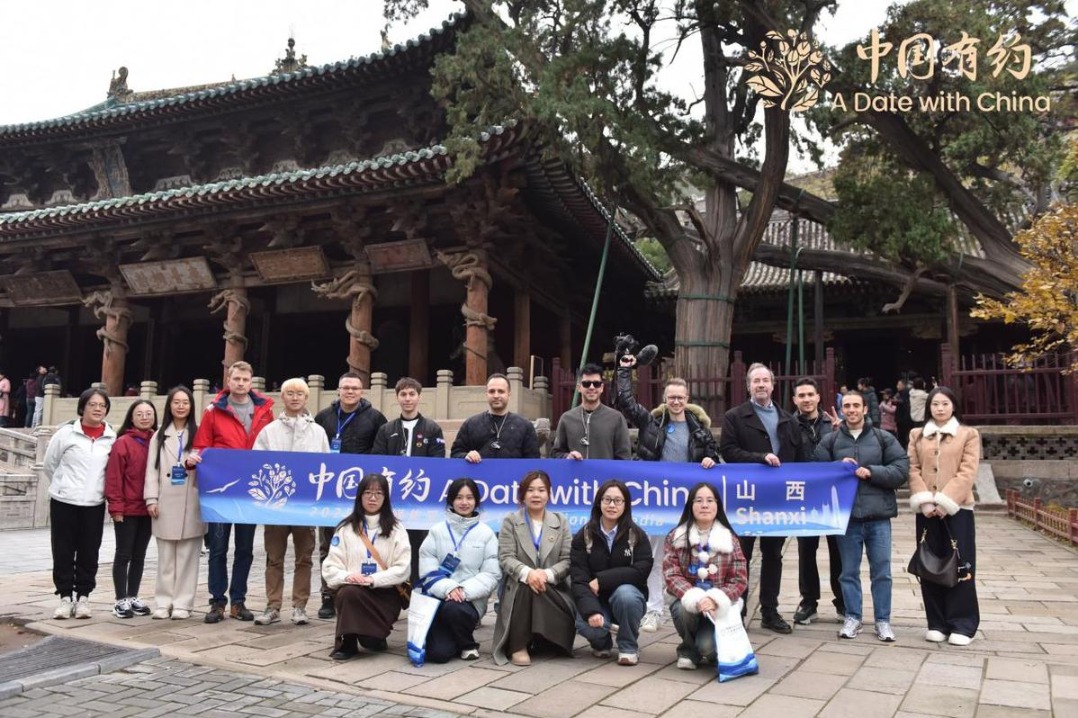Coordinated innovation vital for modernization goal

Editor's note: The Beijing News spoke to Zhang Liqun, president of Xi'an Jiaotong University, on the significance of scientific and technological innovation for China's development over the next five years and beyond. Below are excerpts from the interview. The views don't necessarily represent those of China Daily.
Scientific and technological innovation is not only an economic issue but also a reflection of the nation's strength. Achieving the goal of building a strong country, whether in manufacturing, transportation, aerospace, education or national defense, depends on technological prowess. In this sense, innovation has become a strategic and foundational pillar.
The central authorities fully understand this and recognize the decisive role of scientific and technological innovation in driving new quality productive forces.
The goals of basically realizing socialist modernization by 2035 and establishing a modern socialist country by 2049 demand the integration of scientific and technological innovation with industrial innovation. This position signals a shift in China's innovation system from a research-dominated model to one characterized by collaboration between research and industry.
The integration of research and industry underscores the importance of turning scientific and technological advances into real industrial competitiveness. It emphasizes aligning innovation with industrial needs to solve practical challenges and meet market demand.
This requires removing institutional barriers, dismantling innovation islands and fostering joint and coordinated innovation among enterprises along industry chains and universities. Deep integration between scientific and technological innovation and industrial innovation must be advanced.
Innovation depends on multiple components, including basic and applied research. Universities play a key role in organized, strategically oriented basic research, exploratory frontier research and market-oriented applied basic research. China is strengthening its national strategic scientific and technological capacity and improving the investment mechanisms in basic research.
Some industries are locked in low-price competition and cannot shoulder the costs of innovation. The government, industry associations and entrepreneurs can collectively resolve the issue by means of four measures.
First, intellectual property protection must be strengthened. Only by safeguarding innovation can companies be motivated to innovate. Second, appropriate entry thresholds should be established for industries. In sectors facing severe overcapacity, no new projects should be approved. Industry standards should be introduced to phase out outdated production capacity, while ensuring proper arrangements for affected companies and workers. This requires coordination between the government and industry associations.
Third, companies themselves must adjust their mindset and adapt to new trends. Small and medium-sized enterprises can reduce unhealthy competition by forming alliances or through mergers and reorganizations. Small firms can engage in joint research and development, or even integrate into larger innovation systems through equity partnerships.
Fourth, the innovation chain and industry chain must be planned in a coordinated manner. The central and local governments need to design and coordinate to realize innovation and industrial deployment while avoiding unhealthy competition and duplication.
Driven by a new round of scientific and industrial transformation, China must also focus on quantum information, integrated circuits, biomedicine, artificial intelligence and new energy vehicles. Coordinated development by integrating the innovation and industry chains will help build regional competitive advantages and prevent unnecessary internal competition.
Chinese entrepreneurs are diligent, resilient and responsible, but they also tend to "go it alone", making it difficult to develop a culture of collaboration. It is time for this to change. The shift should be from passive competition to proactive cooperation, from zero-sum rivalry to joint innovation and shared success.


































